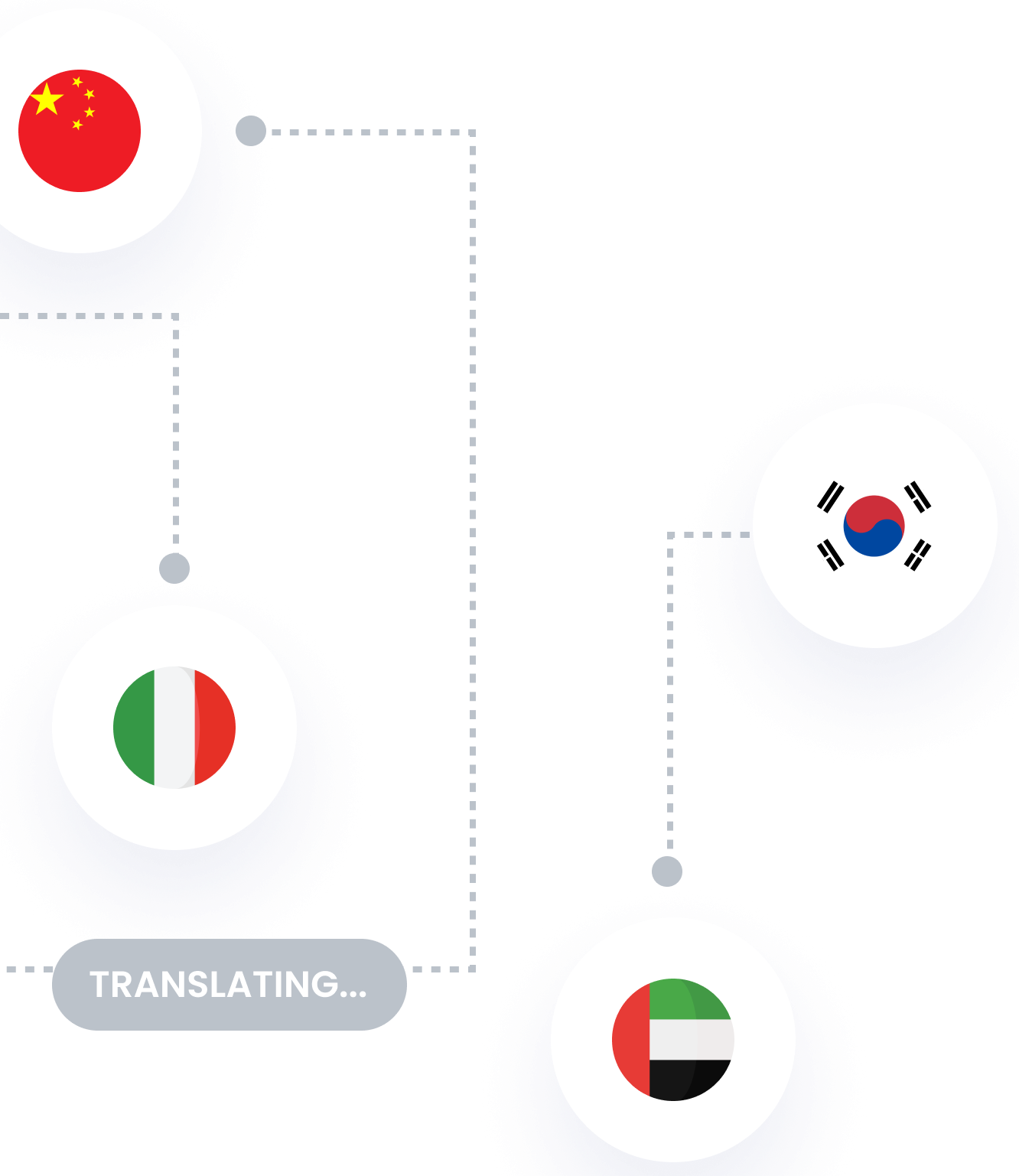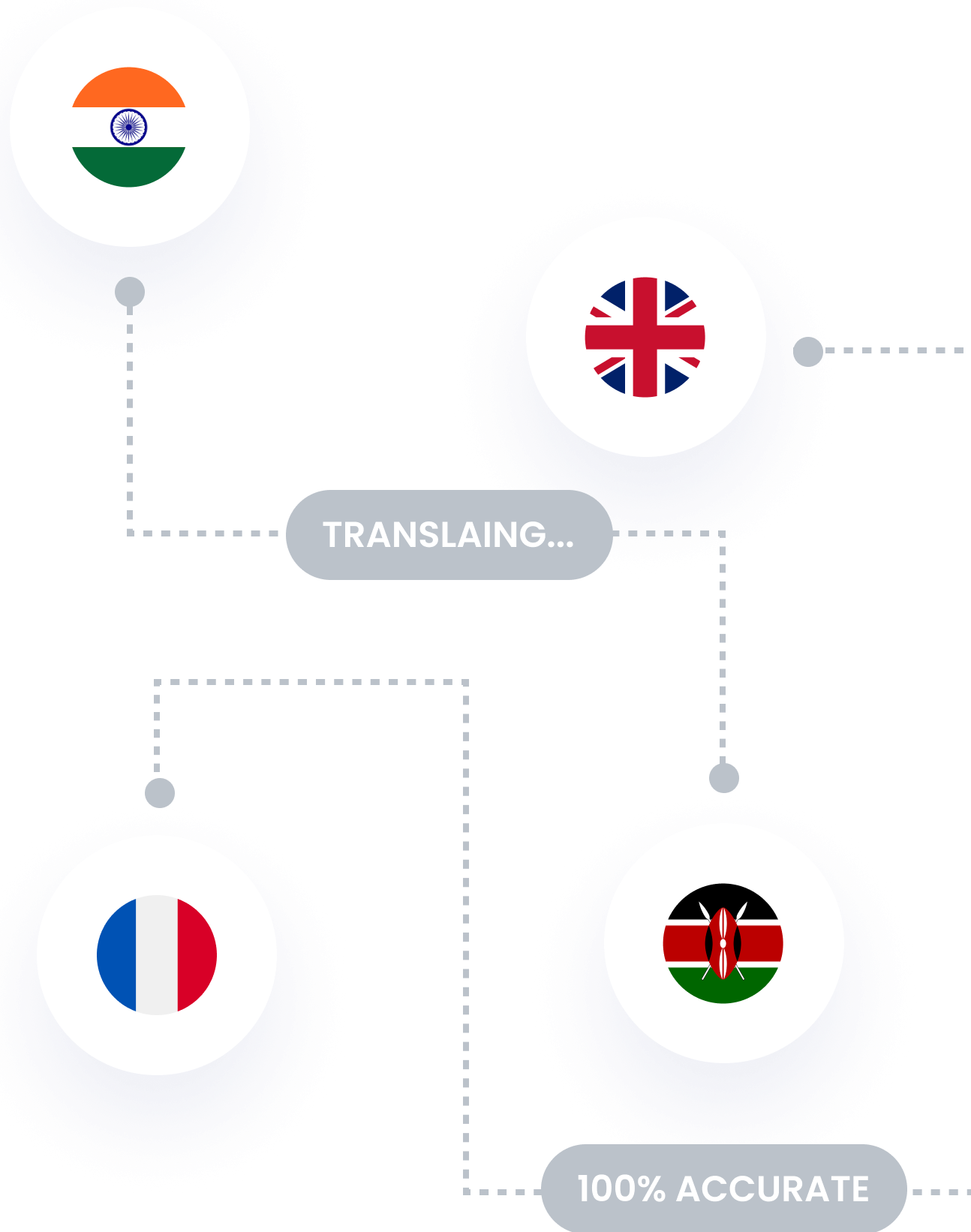Nowadays, running an international business has become less complicated with the newest digital technologies, which can fully assist you with hosting a proper conference. Video meeting platforms simplify work for the host, making things accessible and understandable for every event participant.
At the same time, some platforms have become more traditional for interpretation purposes than others. Let’s look closely at two of them: Zoom and Microsoft Teams.
Zoom is a video communication program that has become common among internet users during the COVID-19 pandemic. The application has different features that are handy for online meetings. You can contact your colleagues or partners and clarify the information you deliver using various functions.
Microsoft Teams is another video conferencing platform that has been widely used since many spheres have moved to the digital environment. Offering such aspects as chat, live events, educational tools, and many others, the Teams application helps organize video meetings.
Apart from the basic functions, these platforms have various interpretation features, which help you solve significant language issues in your meeting, as the translation part shouldn’t be neglected. Let’s have a closer look at it.
Understanding Zoom and Teams Interpretation Features
It’s hard to understand how someone outside the interpreting industry can provide interpretation on Zoom and Teams. If you still think that this is impossible, let us convince you and explain how it works.
Zoom Language Interpretation works similarly to the basic simultaneous interpreting technique. During a conference or event, the host, using the interpretation feature, can add up to 20 interpreters who will translate the speech to participants synchronously with the speaker. At this time, attendees can select the main audio track in a language they understand. Unfortunately, this method has drawbacks because Zoom Interpretation does not work in breakout rooms, which can be problematic.
The interpretation feature of Microsoft Teams provides the same capabilities as Zoom. You can work with a translator in real-time, ensuring your participants can change the audio channel to their language. This works for all scheduled meetings, channel meetings, etc. You can set up the translation feature in the meeting options, allowing you to add a translator to the conversation. Teams also has several translation features that help provide the required language localization. Unfortunately, the Teams interpretation feature is also not available for breakout rooms.

Choosing the Right Platform for Interpretation
Without a proper understanding of the features of video conferencing platforms, choosing an application that will provide an exciting meeting experience for you and other participants will be difficult. Therefore, here, The Language Doctors provide you with a short list of all the important functions and how to use interpretation on Zoom and Microsoft Teams:
- Zoom is a highly-rated platform. It is available on mobile phones and PCs and has high-quality audio and video. The application allows you to schedule a meeting or record it. You can also access collaboration features with your team, such as chat, document sharing, and desktop sharing. With a Pro, Business, Education, or Enterprise account, you get Zoom interpretation functions and instructions described in detail on the official Zoom website. This feature has its limitations. As a host, you cannot initiate Zoom simultaneous interpretation using a mobile app or web client. However, if participants use a phone for a video meeting, they can listen to interpretation audio channels.
- Microsoft Teams has similar communication and collaboration features but also has other interesting features. This platform provides advanced project management with visual planning and scheduling tools. It also allows you to work with files directly within the platform, manage full access, and integrate with many other platforms, mainly Google or Microsoft. Unlike Zoom, language translation in Teams can be used on mobile devices, but only for already scheduled meetings. The platform also allows adding up to 16 different language pairs and an unlimited number of translators.
Whether you’re choosing one or the other option, the right platform allows you to arrange the meeting more properly, based on its attendees’ requirements, to ensure its full effectiveness.
Best Practices for Zoom Interpretation
Working with an unknown program might become a great challenge for the unprepared host, so making some further preparations will ensure the success and productiveness of your Zoom multilingual meeting. Here are some crucial steps in arranging and organizing your conference with Zoom real-time translation that will help you avoid both technical and language issues:
- Discuss requirements before assembling the event. Speak to your attendees about their needs and expectations for this meeting and ensure you can meet their expectations with a high-quality Live Interpretation Zoom.
- Learn about Zoom’s interpretation functions and how they will help you with your multilingual conference. Zoom is known for being a great choice for any type of remote business meeting, providing certain interpretation and translation tools that will help you set the right communication and understanding between everyone, no matter what language they speak.
- Adjust the settings of your conference and make sure that everything works right. Possible technical issues might come in the way of achieving the main goal of your event, so this step shouldn’t be neglected. Technological preparations are crucial, especially while working with the Zoom simultaneous interpretation functions, ensuring that everything works right how it’s supposed to and that your participants can listen to the particular audio channel.
- Assure both the technical and linguistic quality of your event. The speaker’s camera and the microphone should work well so the Zoom interpreter can understand everything distinctly and provide real-time service. That also works for the interpreters, so your participants won’t have issues understanding the material.
Enhancing Interpretation in Microsoft Teams
As was said before, the technical aspect of your meeting is much more influential than you might think. Various digital platforms are not as reliable as they look since issues may appear everywhere. That’s why the host must increase the quality of the virtual simultaneous interpretation as much as possible. This way, some advice will help you arrange a proper Microsoft Teams multilingual meeting.
- As a host, learn more about the Microsoft Teams interpretation features to prepare you for different situations if your interpreters or participants need advice or assistance.
- Ensure the technical quality of the speaker’s and interpreter’s recording devices so that everyone understands each other correctly.
- Teams allows you to include subtitles with language translation of the main speaker. Turn this feature on to make it easier for participants to understand the information.
- Use the ability to integrate Teams with other applications to improve the quality of translation.
- Please note that the meeting recording will only contain audio from the main channel or original speaker, not the interpreter. If you send a recording to the participants after the meeting, then make sure to record the speech of the interpreters using other applications or create subtitles.
The technical suite or features of Microsoft Teams interpretation can completely help with your multilingual meeting. It is also important to consider the specifics and use the full potential of the program to truly improve the quality of the interpretation provided.

Virtual Tips for Interpreters
The work of an interpreter is very responsible, as it completely influences the understanding and success of a multilingual meeting. You might think that remote work is much easier for a translator, but it also requires some technical knowledge and certain skills. To provide clear and accurate remote simultaneous interpretation, a Teams or Zoom interpreter must follow some basic virtual tips to ensure quality.
- Technical aspect: The internet connection should be excellent, and the platform should work correctly without any lag. This way, listeners can hear the necessary information in their language while keeping up with the speaker.
- Sound aspect: For this work, you need high-quality headphones and a microphone. The interpreter must hear the speaker well, and the listeners must receive sound without unnecessary noise or interruptions.
- Visual aspect: If the meeting requires the interpreter to show themself, the camera should be first-rate, and the whole picture shouldn’t be too distracting from the main speaker.
With that also comes basic language requirements, such as the interpreter must be fluent in a certain language and be aware of specific terminology and regional traits to provide a great interpretation and fulfill the audience’s needs. The Language Doctors is a top-class provider where you can hire a professional interpreter to help achieve the main goal of your meeting. Visit our website now: https://thelanguagedoctors.org/translation-services/interpreting-services/video-interpreting-services/
Overcoming Challenges in Virtual Interpretation
As the host of the conference where the Language Interpretation Zoom or Teams will take place, you need to be prepared for some challenges:
- Ensure all attendees can access necessary materials and create optimal conditions for effective participation.
- Anticipate and prepare for technical issues with backup equipment or alternative plans.
- Stay calm and adaptable in the face of unexpected technical difficulties, as technology can be unpredictable.
- Choose a reliable interpretation service provider, such as The Language Doctors, to facilitate clear communication between participants speaking different languages.
- Understand that overcoming language barriers is a significant challenge, but the benefits of effective communication outweigh the obstacles.
Enhancing Interpretation Quality
Interpretation on Zoom or Teams, as the most important part of your remote multilingual meeting, requires the organizer to pay attention to detail. An experienced interpreter will provide a professional service that will establish mutual understanding between the audience and the speaker. Here are some tips to help you organize the linguistic component of your event:
- Think of the main theme of your meeting and the goals you’re trying to achieve. Ask your participants about the languages they prefer or some specific services you need to provide.
- Contact various Teams and Zoom interpretation service providers, ensure they meet the meeting requirements, and can work remotely, like The Language Doctors.
- Always be in contact with the interpreters, so in case there are some technical delays or other unnecessary issues, you will be ready to solve them quickly.
- Accept the feedback from your attendees and make notes on how to enhance the interpretation or technical aspects of your meeting even more in the future.
Facilitating Smooth Communication
To ensure your meeting is successful and your participants understand the information and actively participate in the process, consider these points for smooth communication:
- Ensure your message is delivered comprehensively and all participants understand the information provided.
- Encourage active listening, feedback, and expression of opinions from all attendees to foster a collaborative atmosphere.
- Utilize collaboration features such as chat and breakout rooms in Zoom or Microsoft Teams to facilitate participant communication.
- Maintain professional and formal language etiquette throughout the meeting to promote tolerance, effectiveness, and success.
- Uphold special regulations to prevent hate speech and ensure respectful interaction among all attendees, emphasizing the importance of respectfulness in establishing smooth communication.

Conclusion
Hosting a multilingual virtual meeting might become a great challenge. Still, with a certain knowledge base, it no longer looks like an issue – more of an opportunity to gain new experiences for both the host and attendees. Nowadays, the problem of arranging remote multilingual meetings is solved easily with the help of various digital video platforms. One of the most popular ones – Zoom and Microsoft Teams – have specific interpretation features and functions, which help you make a meeting understandable for everyone and create a comfortable atmosphere.
Meeting interpretation is an important part of any event of this type, so you should consider all the aspects associated with it to achieve success and receive positive feedback from your visitors. Choose your interpretation provider wisely and learn how you can make your meeting more effective for everyone using digital technology and human expertise. One of the best options is The Language Doctors, who provide exceptionally professional interpretation services for any occasion so that you can choose something for you and your event. Book interpreting services for your next meeting now: https://thelanguagedoctors.org/translation-services/interpreting-services/


